Italian President Sergio Mattarella completed two days of talks with parties in search for a solution for the political turmoil. He told reports that dissolving parliament just 17 months after last election shouldn’t be a decision that’s taken lightly. Some parties are trying to form a solid majority for coalition. Mattarella requested the parties, without naming them, to report back on Tuesday for two more days of talks.
It’s known that the 5-Star Movement is trying to form a coalition with center-left Democratic Party. Speaking to reporters after his meeting with the president, 5-Star leader Luigi Di Maio said “in recent hours, all the necessary contacts have been launched to find a solid majority”. Additionally, Di Maio had handed Mattarella a list of 10 reforms that he wanted to see completed before parliament was dissolved.




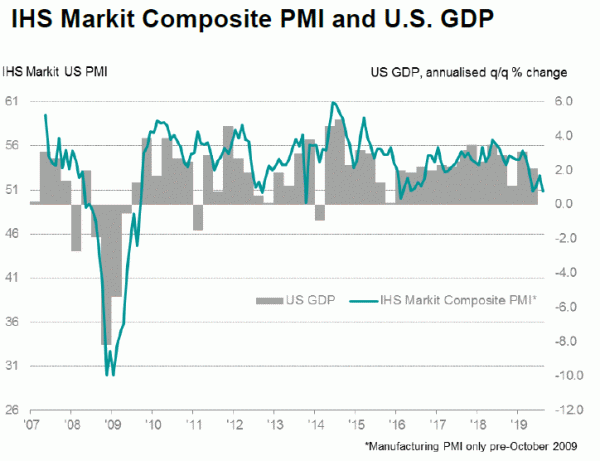
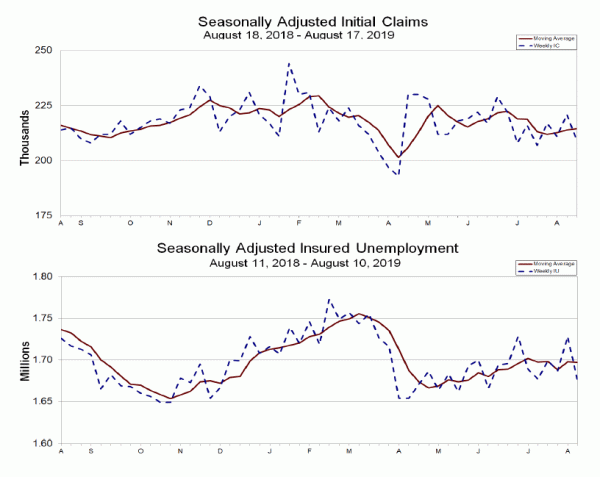
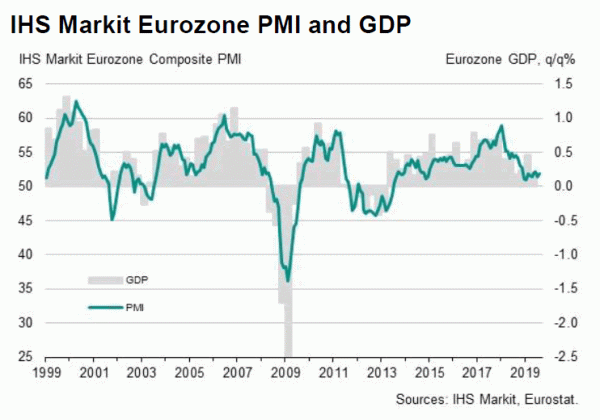
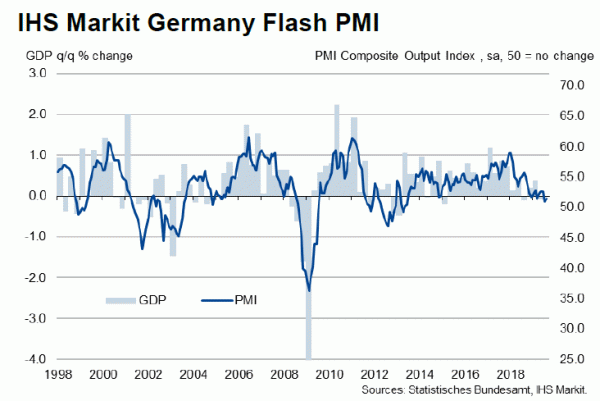
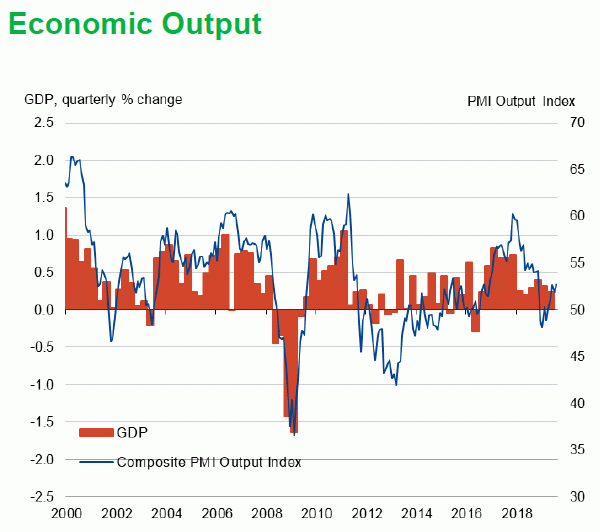
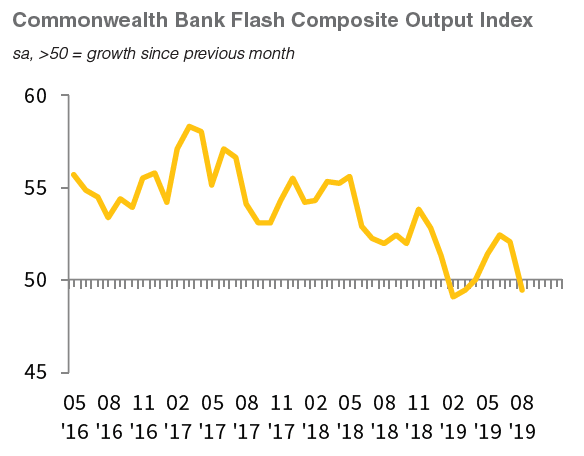
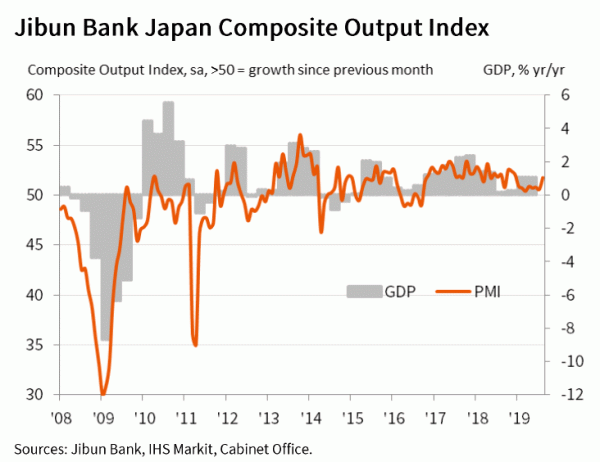
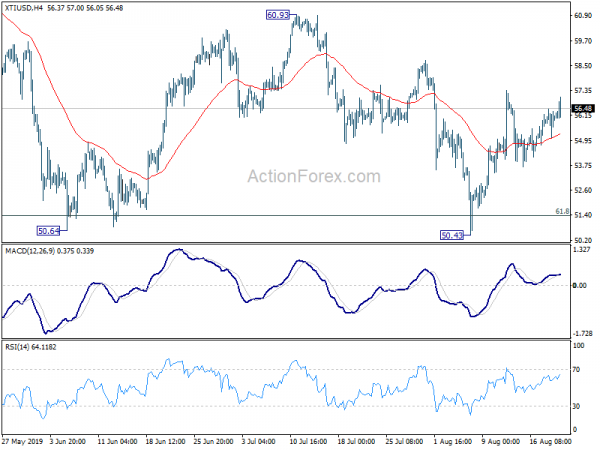
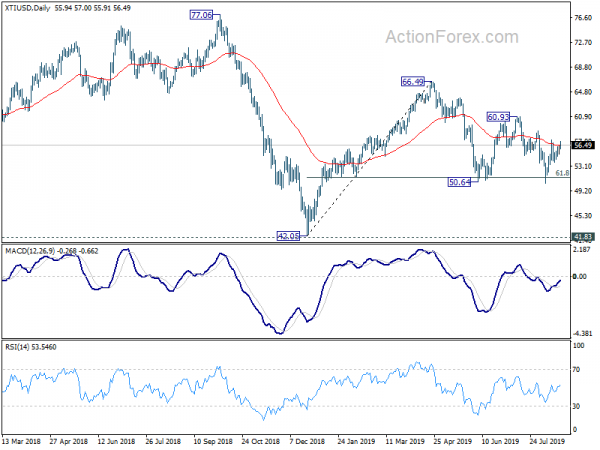
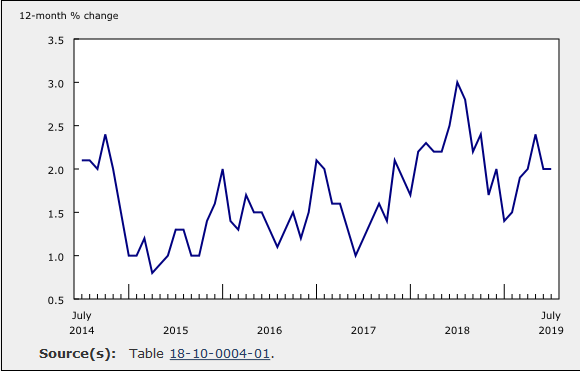
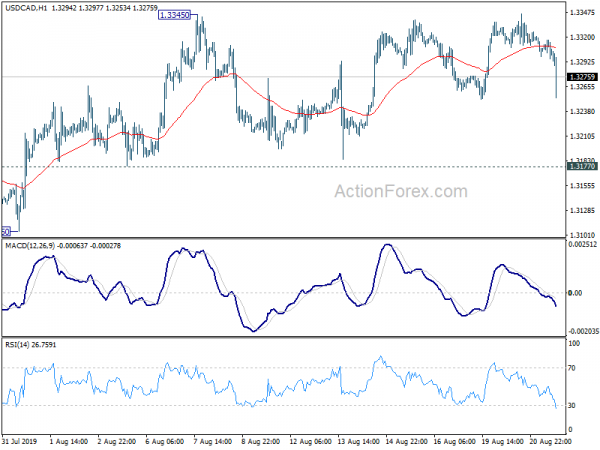

WH Kudlow: Still planning for Chinese trade team to come in September
White House economic adviser Larry Kudlow said yesterday that there was “quite constructive” telephone conversations at deputy level between US and China and trade. The deputies have agreed to set up another conference call and were working through some of the key issues.
Kudow added “we are still planning for the Chinese team to come over here in September.”
On the economy, Kudlow dismissed the concerns of a downturn. Instead, he said “we don’t anticipate anything but a solid strong economy.”